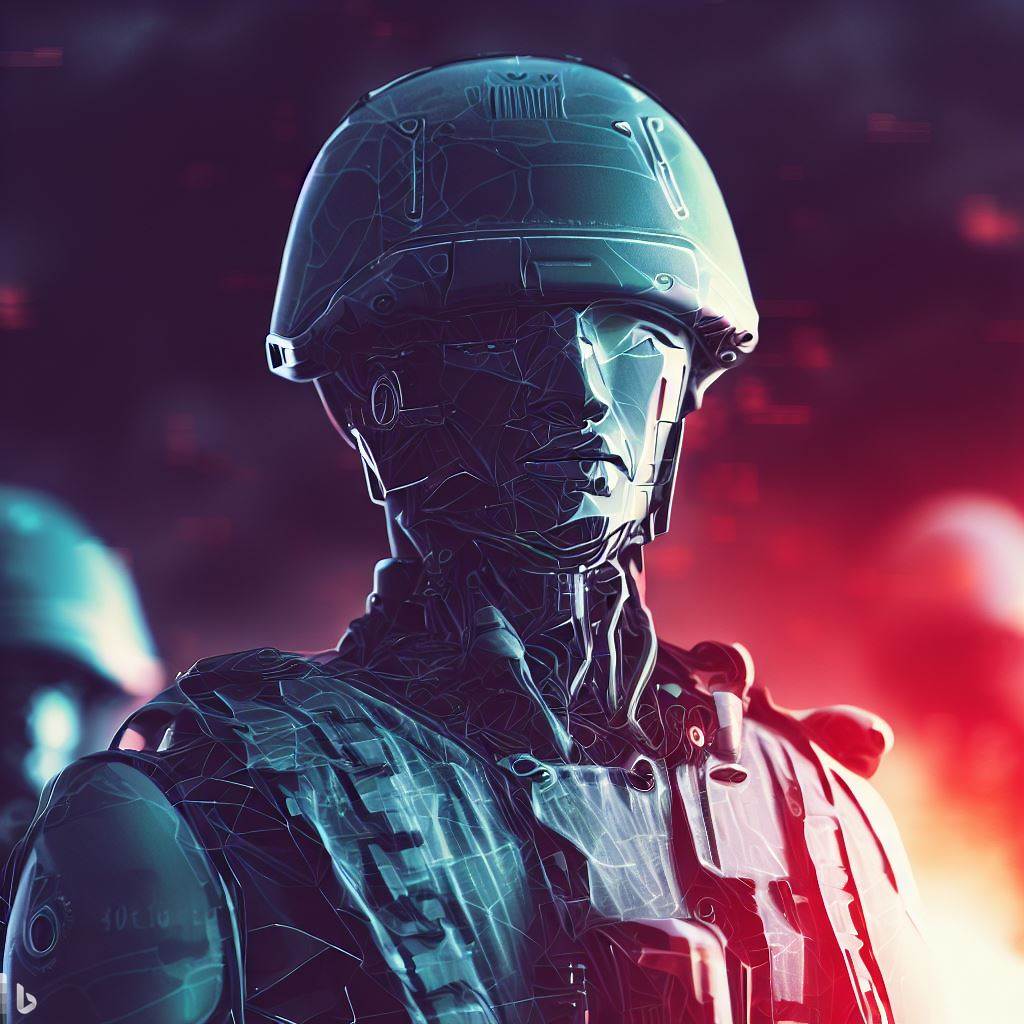The use of artificial intelligence (AI) in the military is becoming increasingly common, and it’s having a significant impact on the way wars are fought and decisions are made. With advances in machine learning and autonomous weapons systems, AI is transforming military strategy and operations. However, the use of AI in the military also raises significant ethical and legal concerns, particularly when it comes to decision-making. In this article, we explore the potential risks and opportunities of AI in military decision-making, and how it may shape the future of warfare.
AI and Decision-Making in Warfare
AI is increasingly being used to support military decision-making. Machine learning algorithms can analyze vast amounts of data and identify patterns and trends that humans may miss, providing insights to help military commanders make faster and more informed decisions in high-pressure situations. These algorithms can also identify potential threats and suggest the most effective response strategies. AI-powered decision-making tools can help military leaders to consider all relevant factors when making strategic decisions, improving the accuracy of decision-making and reducing the risk of human error.
Autonomous weapons systems powered by AI are also being developed and deployed on the battlefield. These systems can operate independently or semi-independently, allowing for more precise targeting and reducing the risk to human soldiers. Autonomous systems can analyze data from sensors and other sources to identify potential targets and take action without human intervention. However, there are significant ethical and legal considerations to be taken into account when using autonomous weapons systems in warfare. For example, the risk of unintended harm or the inability to control their actions.
The Risks and Challenges of AI in Military Decision-Making
The use of AI in military decision-making raises significant risks and challenges, particularly around human control and accountability. One of the biggest concerns is the potential for AI to make decisions without human oversight. This could lead to unintended harm or ethical violations, as AI may not have the ability to consider the ethical or legal implications of its actions. The use of autonomous weapons systems also raises the risk of accidental or intentional harm to civilians and non-combatants.
Another risk of relying on AI in military decision-making is the vulnerability of AI systems to cyber attacks. Hackers could potentially manipulate AI algorithms or interfere with autonomous weapons systems, causing significant damage on the battlefield. Ensuring the security and resilience of AI systems is therefore critical to their effective use in military operations.
The ethical and legal implications of using AI in warfare are also complex and need to be carefully considered. There are concerns that the use of AI in warfare could lead to a reduction in human control and accountability, potentially violating the principles of international humanitarian law. The development and use of AI in the military must be governed by clear ethical and legal frameworks that ensure human control and accountability.
Summary
AI is transforming military decision-making and has the potential to revolutionize the way wars are fought. While AI can enable faster and more informed decision-making and reduce the risk to human soldiers, there are concerns about unintended harm and the erosion of human control and accountability. The use of AI in the military must be governed by clear ethical and legal frameworks that ensure human control and accountability. By doing so, we can ensure that AI remains a tool for human progress, rather than a threat to our security and well-being. As we move forward with the development and deployment of AI in the military, it is essential to take a cautious and ethical approach, focusing on mitigating the risks and ensuring that AI technologies are aligned with human interests and values.



